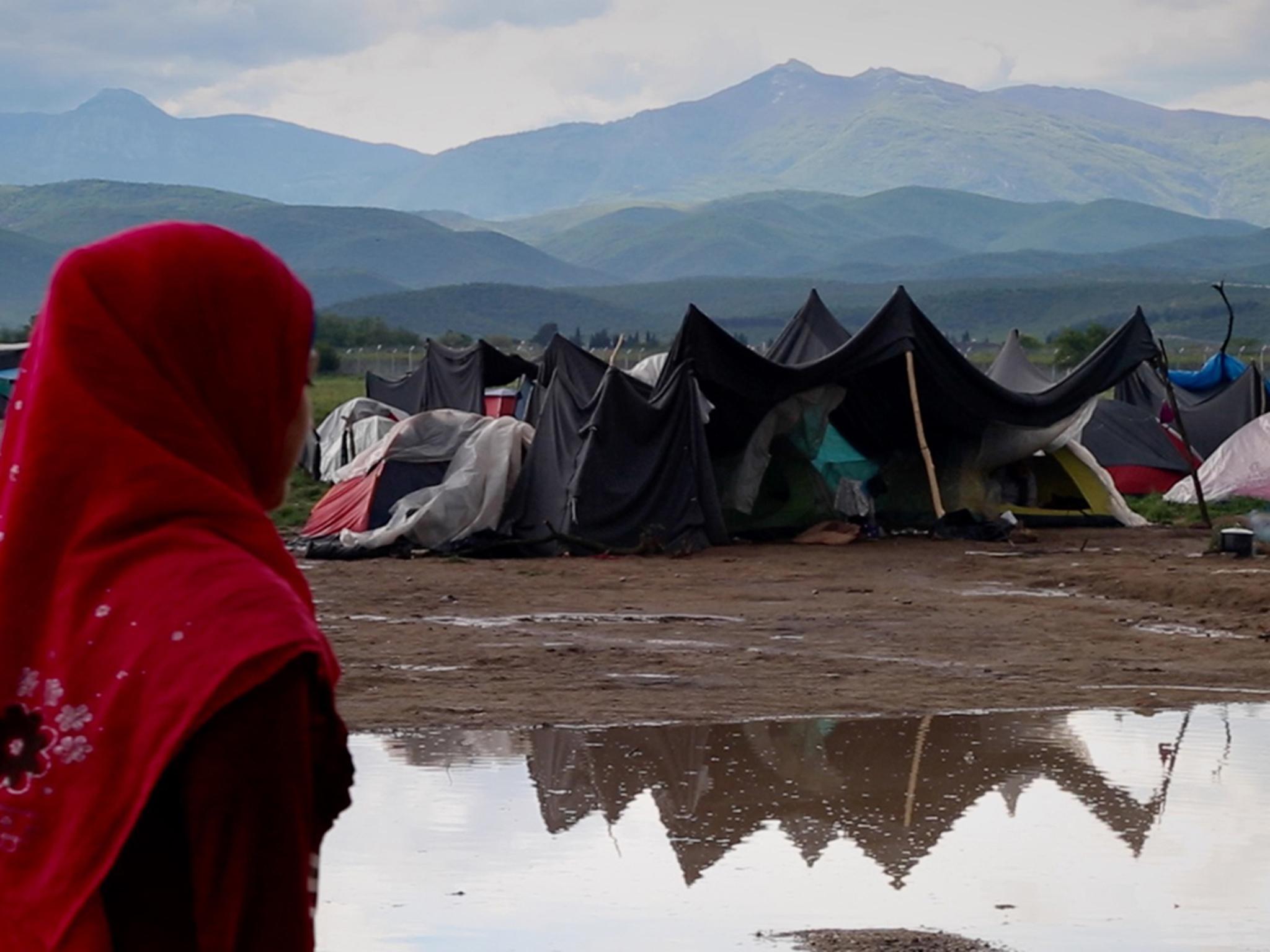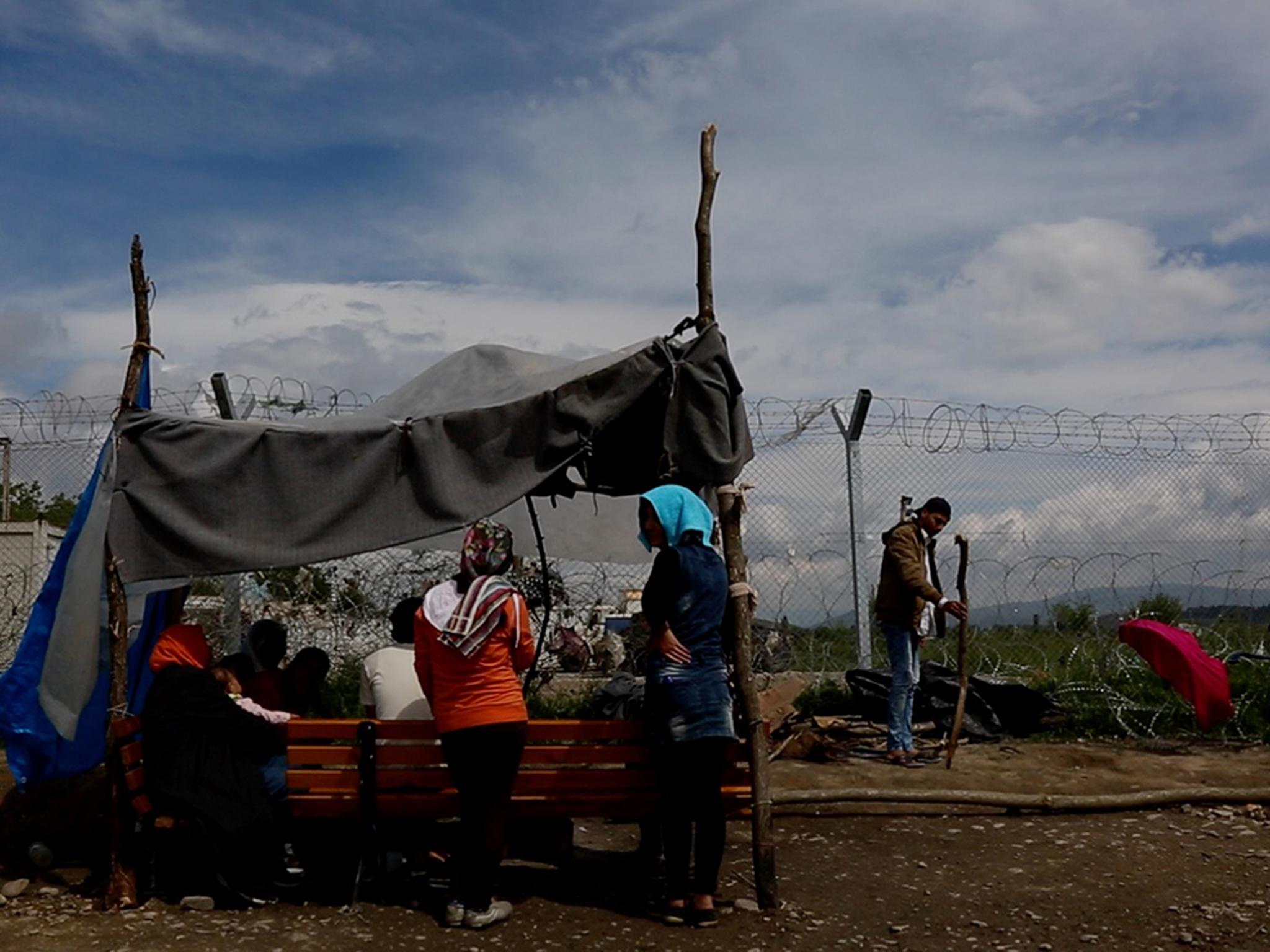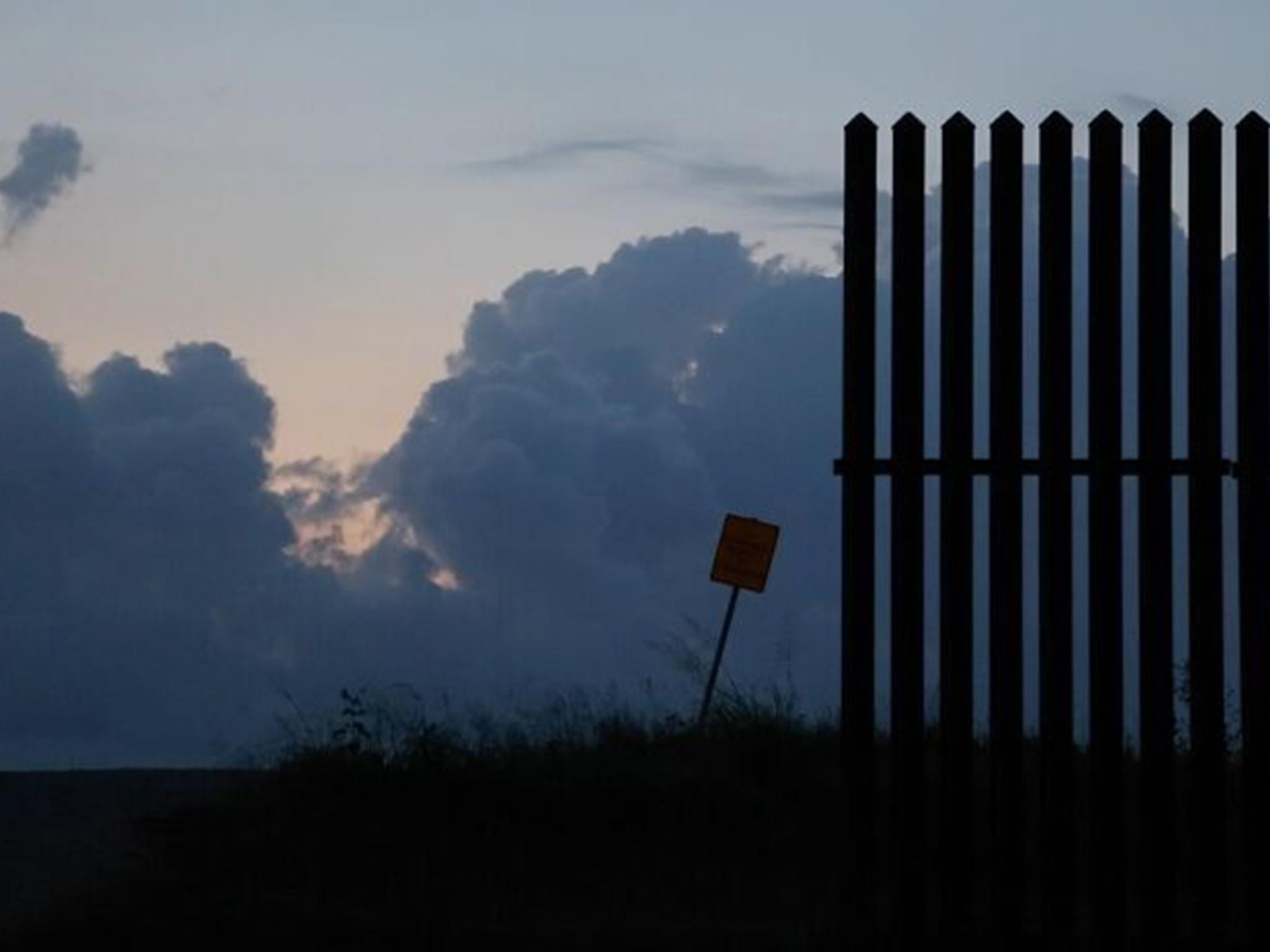The dawn of walls
A generation ago, globalisation shrank the world, but now barriers are rising again, driven by waves of migration and the growing threat of terrorism. In the first of a three-part series, we look at the walls going up in Europe and the US

A generation ago, globalisation shrank the world. Nations linked by trade and technology began to erase old boundaries. Barriers are now rising again, pushed by waves of migration, ongoing conflict and the growing threat of terrorism. The numbers are clear: in 2015, work started on more physical barriers around the world than at any other point in modern history. There are now 63 borders where walls or fences separated neighbouring countries – nearly quadrupling in just 15 years.
In many ways, the border-building is being driven by fear.
“We are fencing out the south, and much richer countries are fencing themselves in,” said Elisabeth Vallet, a borders expert at the University of Quebec at Montreal. Most of the new walls are being erected within the European Union, which until recently was nearly borderless. Britain is going further, rolling up its bridges to the continent by voting to exit the EU, a move which is intended to counter migrants and terrorist attacks. These moves are not necessarily limited to Europe – In the Middle East, Tunisia is erecting a desert barrier with lawless Libya to insulate itself from unrest and an Islamic State-led insurgency.

This new age of barriers is not just about chain links and concrete. It also reflects the rise of populist politicians. The effectiveness of their nationalist rhetoric suggests that even as globalisation was working its magic on trade, mobility and investment, a seditious resentment brewed among those left behind.
Republican presidential nominee Donald Trump has been remarkably vocal about his plans to build a wall along the entire US-Mexico border – and persuade Mexico to foot the bill. The wall, he argues, is needed to curb illegal immigration, reduce gang violence near the border and stop drugs from reaching the US.
For now, fences cover just 700 miles of the nearly 2,000-mile-long border. Hillary Clinton opposes completing the wall – but as a senator, she voted for the 2006 bill that led to construction of most of the existing fence. The idea of “completing the wall” has been part of political rhetoric since the first 14-mile stretch was completed 23 years ago, jutting eastward from the Pacific Ocean.
But opinions remain divided on whether a barrier spanning the entire border is necessary – or even feasible. And nowhere does the debate roil more loudly than in the dusty cantinas and lively migrant shelters in the arid reaches of the border region. Mile by mile, the landscape and culture along the border varies wildly. West of El Paso, through New Mexico, Arizona and California, where most of the existing fence has been built, the border is largely a series of straight lines drawn by men. But to the east, in Texas, it follows the winding path of the Rio Grande. Most of the border land here is still unfenced.
Until the upheaval of 2015, Europe was home to the world's most open frontiers. But within months, a messy effort to halt a mass flow of migrants cascaded into the construction of more border fences than anywhere else on the globe
Fencing is just one part of the effort by US Customs and Border Protection (CBP) to secure the country's borders. The number of Border Patrol officers has doubled in recent years. Where no fencing exists, cameras and sensors do. Barrier construction in this area would be difficult because of the region's isolation and rough terrain. The federal government owns very little land in Texas, so a bigger fence would require the use of private land, adding to the legal and logistical challenges.
But most challenging of all, the Rio Grande is a natural feature – not a man-made boundary. Rivers erode the land they pass. They flood. They dry up. They sometimes change course. A completed border barrier would have to navigate these natural challenges. Data released by CBP officials suggests illegal immigration has decreased since 2001, but it's difficult to show which specific policies made a difference. The global recession, which began in 2008, almost certainly deterred some economic migrants, researchers say.
Today, most deaths reported by the CBPl occur in the Rio Grande valley in Texas, where most of the border remains unfenced, and in the Tucson area, which is mostly fenced. Border enforcement has pushed migrants off existing routes into more deserted areas. In southern Arizona, migrants walk dozens of miles through the desert, carrying water in plastic jugs. Immigration is a complicated issue; a barrier along the border addresses just one part of it. An estimated 12 million undocumented immigrants already live in the United States, representing five per cent of the labour force.
Emma Sanchez embodies the intertwined nature of border protection and immigration policy. She is married to a US veteran and has two American children but was deported 10 years ago after being found without documents. Every Sunday, many deported mothers like her meet for a church service at Friendship Park, the only binational meeting place between the United States and Mexico. Situated at the west end of the border, on the coast of the Pacific Ocean between San Diego and Tijuana, the park provides divided families a chance to catch up with their loved ones – if only for a few hours, and only through an 18-foot-tall steel and mesh fence.

But it is in Europe, not the American Southwest, where the cauldron of migration has truly begun to boil over. Until the upheaval of 2015, Europe was home to the world's most open frontiers. But within months, a messy effort to halt a mass flow of migrants fleeing wars in Syria, Iraq and Afghanistan cascaded into the construction of more border fences than anywhere else on the globe.
The sheer numbers of migrant arrivals – nearly 5,000 a day to southern Europe alone – was shocking, though at first, the newcomers had arrived largely unhindered. Some Europeans welcomed the refugees, arguing that they had a moral duty to aid people displaced by war. Yet a backlash quickly grew. The European Union had no system in place to properly vet the newcomers – dangerous at time when jihadists who fought in Syria with the Isis were seeking to re-enter Europe. The fact that the influx also included economic migrants passing themselves off as asylum seekers did not help.
Although the EU offered to relocate 66,000 migrants, it has so far absorbed only a fraction of that number. Those left behind appear willing to take fresh risks despite the new obstacles rising in their paths
Hungary began building a fence in June 2015, with aims of rerouting migrants toward neighbouring countries. By early 2016, Austria and other nations had banded together to halt migrant transit through the Balkans, and the EU signed a deal with Turkey to stop asylum seekers from crossing the Aegean Sea. A move that left nearly 60,000 migrants trapped in Greece, with the single largest bottleneck forming in Idomeni, a border town that formerly served as a waystation for those heading deeper into Europe.
This coordinated effort largely worked. With the completion of each new fence, the flood of migrants entering that country slowed to a trickle. A combination of barriers and diplomacy sent a deterrent message to desperate migrants across the Middle East and beyond. Even now, though, some in Europe are asking whether the new walls are enough. To prevent migrants from crossing the English Channel, Britain is funding construction of a wall in Calais. Austria is preparing to erect more barriers if migrant numbers again begin to surge.
There is reason for uneasiness. The EU deal with Turkey to halt the flow across the Aegean Sea is in danger of falling apart. European nations are charging Ankara with human rights abuses following a failed July coup attempt. Turkey has threatened to scrap the deal unless the EU honors its pledge to grant Turkish citizens visa-free access to the bloc.
The heavy weight of terrorism also hangs over the discussions, after revelations that attackers in Paris and Brussels entered Europe disguised as migrants. A wave of sexual assaults in Germany last New Year's Eve has further inflamed anti-immigrant sentiment. And yet, a continent that prided itself as the global standard-bearer for human rights is also confronting a moral dilemma. A plan to resettle migrants stranded in Greece has broken down as European countries reneged on pledges to accept them and Greek officials have been slow to process asylum claims.
Although the EU offered to relocate 66,000 migrants, it has so far absorbed only a fraction of that number. Those left behind appear willing to take fresh risks despite the new obstacles rising in their paths. Many will employ dangerous smugglers – precisely a pattern the Europeans say they were trying to break. Europe's new barriers have made it impossible for hundreds of thousands of Syrians to escape relentless war. Their message is clear: Keep out.
© Washington Post
Part two will appear in Wednesday’s Independent Daily Edition
Join our commenting forum
Join thought-provoking conversations, follow other Independent readers and see their replies
Comments
Bookmark popover
Removed from bookmarks